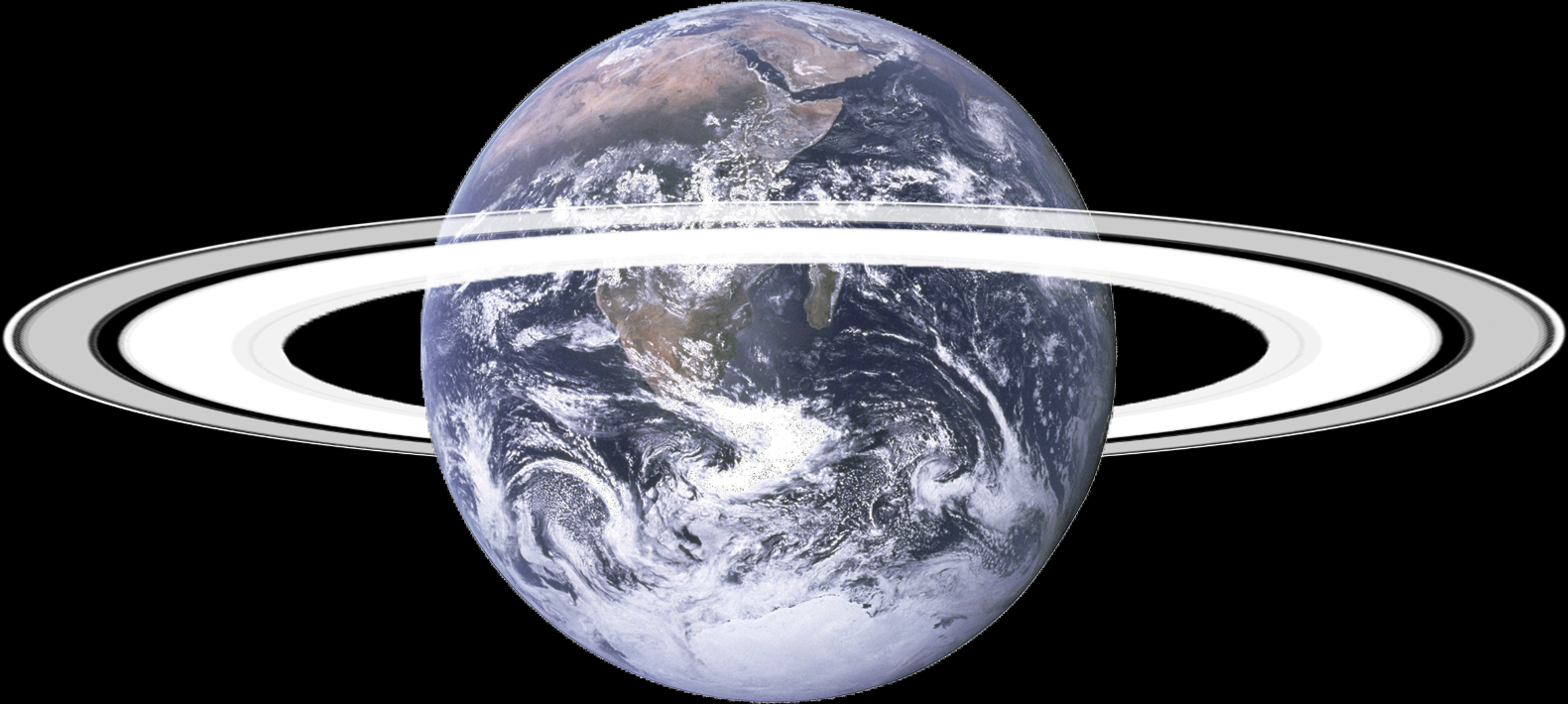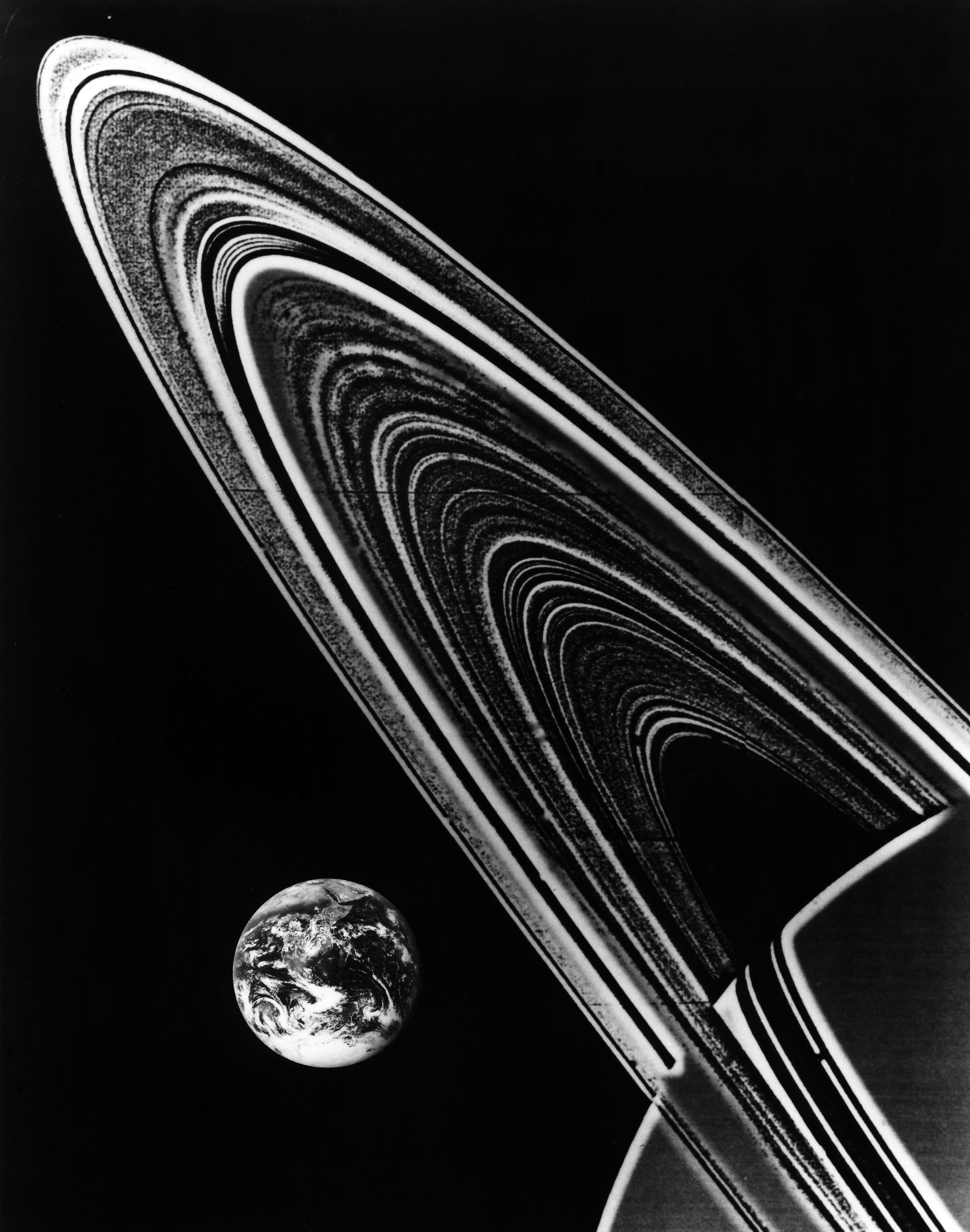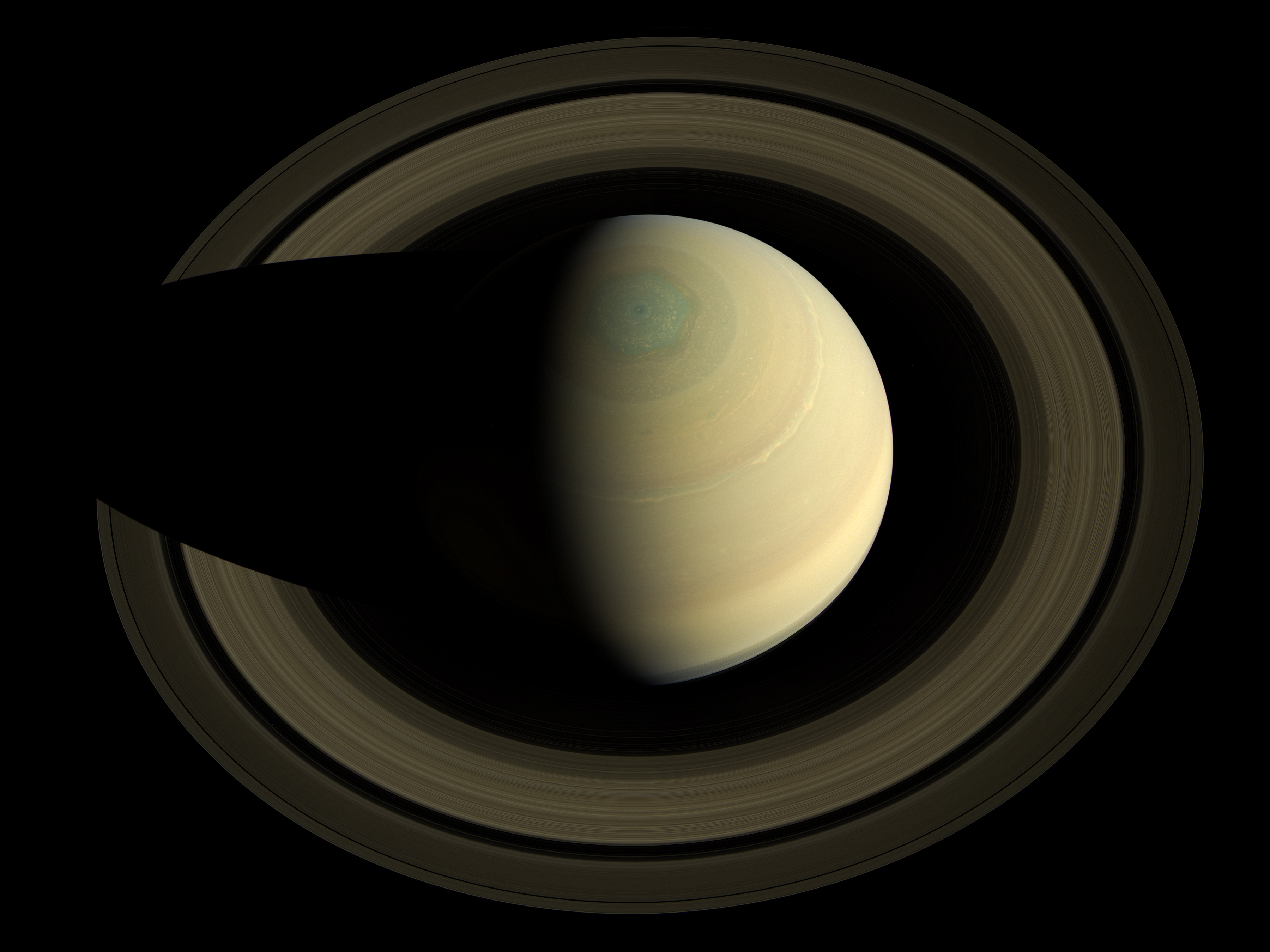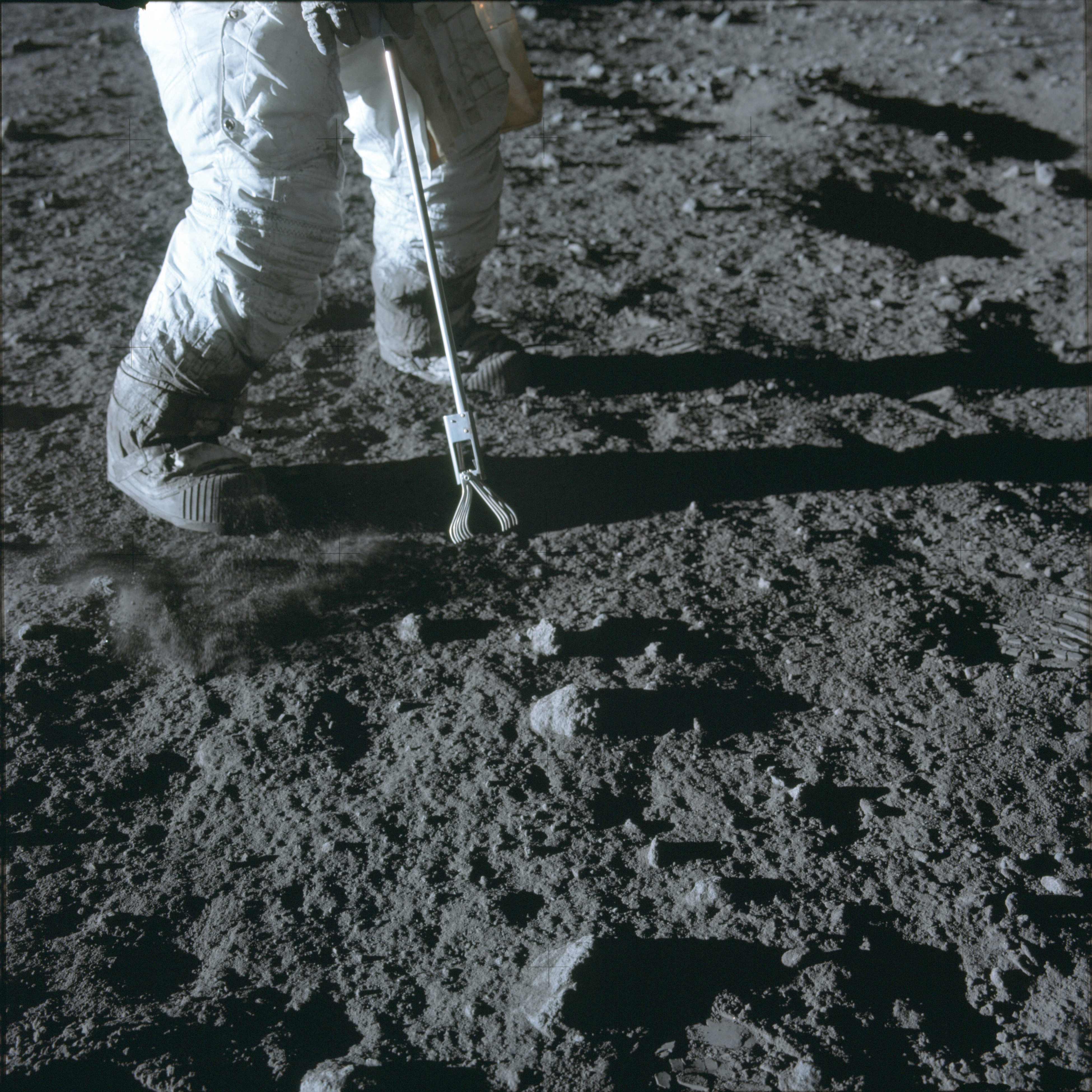
Credit: NASA, public domain, via Wikimedia Commons
Background
Synopsis: Many planets in the solar system have rings, with Saturn’s being the most iconic. But new findings suggest Earth may have also had rings. Scientists theorize that an asteroid came too close to Earth, then broke up from the force of gravity and became a debris ring. A similar debris ring may have even coalesced to form the moon.
- Saturn’s rings are part of what makes the planet so recognizable, but it is far from the only planet that has them.
- The gas giants of the solar system have rings, while the terrestrial planets do not. The reason for this is unknown, but it may have something to do with their size or their placements in the outer part of the solar system.
- Saturn’s rings formed when dinosaurs still roamed the Earth. Scientists estimate their age to be less than 100 million years.
- Two of Uranus’ outer rings are red and blue, suggesting they are made from a different material than the planet. Its outermost ring is tens to hundreds of times slimmer than any of Saturn’s.
- Neptune’s outer ring is incomplete, made up of five different arcs, kept from spreading out evenly along the ring by the gravity of one of its moons.

Saturn’s rings, with Earth for scale. Some of the rings have a width five times bigger than the Earth’s diameter.
Credit: Lunar and Planetary Institute, CC BY 2.0, via Wikimedia Commons
- Rings are formed around planets in two ways, as far as scientists can tell.
- Rings can be composed of leftover debris from the planet forming, when the planet holds the extra debris in orbit.
- Rings can also be made up of debris from a planet’s moons.
- Saturn’s rings are theorized to have formed from a moon breaking apart when it got too close and was torn apart by the gravity of its parent planet, or due to collisions of multiple icy moons.
- Jupiter’s ring system, while faint, is made up of dust from micrometeors hitting its inner moons.
- Collecting pieces of Saturn’s rings and bringing them to Earth to measure their age and composition would be the most useful way to understand why this and other planets have rings, and how they were formed.

An image of Saturn from above, made from 36 images taken by NASA’s Cassini spacecraft. Saturn’s main rings are pictured, and the golden hue of Spring is in the northern hemisphere of the planet.
Credit: NASA/JPL-Caltech/SSI/Cornell, public domain, via Wikimedia Commons
- New findings suggest that Earth may have also had rings, 466 million years ago.
- Around the equator, scientists found impact craters from ancient meteorites preserved in some of Earth’s oldest rocks.
- They originally theorized that increased asteroid activity in the solar system during the Ordovician period had caused greater meteorite bombardment of Earth.
- But they found that only thirty percent of the terrain suitable for preserving those craters was around the equator, yet all the impact strikes were there.
- Researchers calculated the probability of these impacts coming from random impact events and determined that it was more likely that they came from a single impactor breaking up in orbit.
- The new theory is that an asteroid came too close to the Earth. Gravity then broke it up, forming a ring of debris, which eventually fell to Earth, in a ring-shaped impact pattern circling the equator.
- This ring would have blocked the sun as well, which could have contributed to the Hirnantian Icehouse cooling event, one of the coldest periods in the last 500 million years of Earth’s history.
- This ring theory raises questions about other similar ring systems that could have affected Earth’s ancient history and climate.
- In fact, the moon may be a product of one of these rings around Earth.
- The original, more popular theory of the moon’s formation is that a very large impactor collided with Earth. This broke off a huge chunk of debris which became the moon.
- However, an alternate theory suggests that there were multiple large collisions. Some produced debris rings around Earth. The rings later coalesced into moonlets.
- These then drifted further from the Earth, merging to form what we now know as our moon.
- The similarity in the composition of Earth and the moon can be explained by the moonlet theory, since multiple bodies making up the moon could mask or even-out different chemical signatures of the moonlets.
- Further research on the moon-ring theory is already underway and could change the way we see the moon and its creation. More details on moon formation, both our planet’s and others, can be found in this episode.

An astronaut on the Apollo 12 mission taking a lunar soil sample in 1969, the second crewed mission to land on the moon, to find out more about the moon’s composition.
Credit: NASA, public domain, via Wikimedia Commons
Episode script
Earth may once have had rings, like Saturn – and all the more distant planets of our solar system. Saturn’s are just the most visible, and therefore the most famous.
Rings are made of debris – from asteroids, moons, or from the formation of the planets themselves.
Scientists think the rings around Saturn are the remains of one of its moons that was torn apart by the giant planet’s gravity.
They think the rings around Jupiter are likely dust from micrometeor impacts with its moons.
New findings suggest that Earth may once have had rings too, around 460 million years ago.
Scientists found a ring of meteorite impact craters that date to this period, circling Earth’s equator.
They theorized that an asteroid passed too close to Earth, was trapped then broken up by gravity. The debris scattered into a ring, which eventually fell to Earth around the equator.
Rings around Earth may also have formed our moon.
The leading hypothesis of the moon’s formation has been that a single large asteroid or other planet crashed into Earth and knocked off a chunk that became the moon, as described on another EarthDate.
A new hypothesis is that multiple large collisions produced debris rings, which coalesced into moonlets. As these drifted farther from Earth, they merged into a single moon.
Or it could be something else entirely. It’s amazing how much we still don’t know about the moon and our planet itself.

